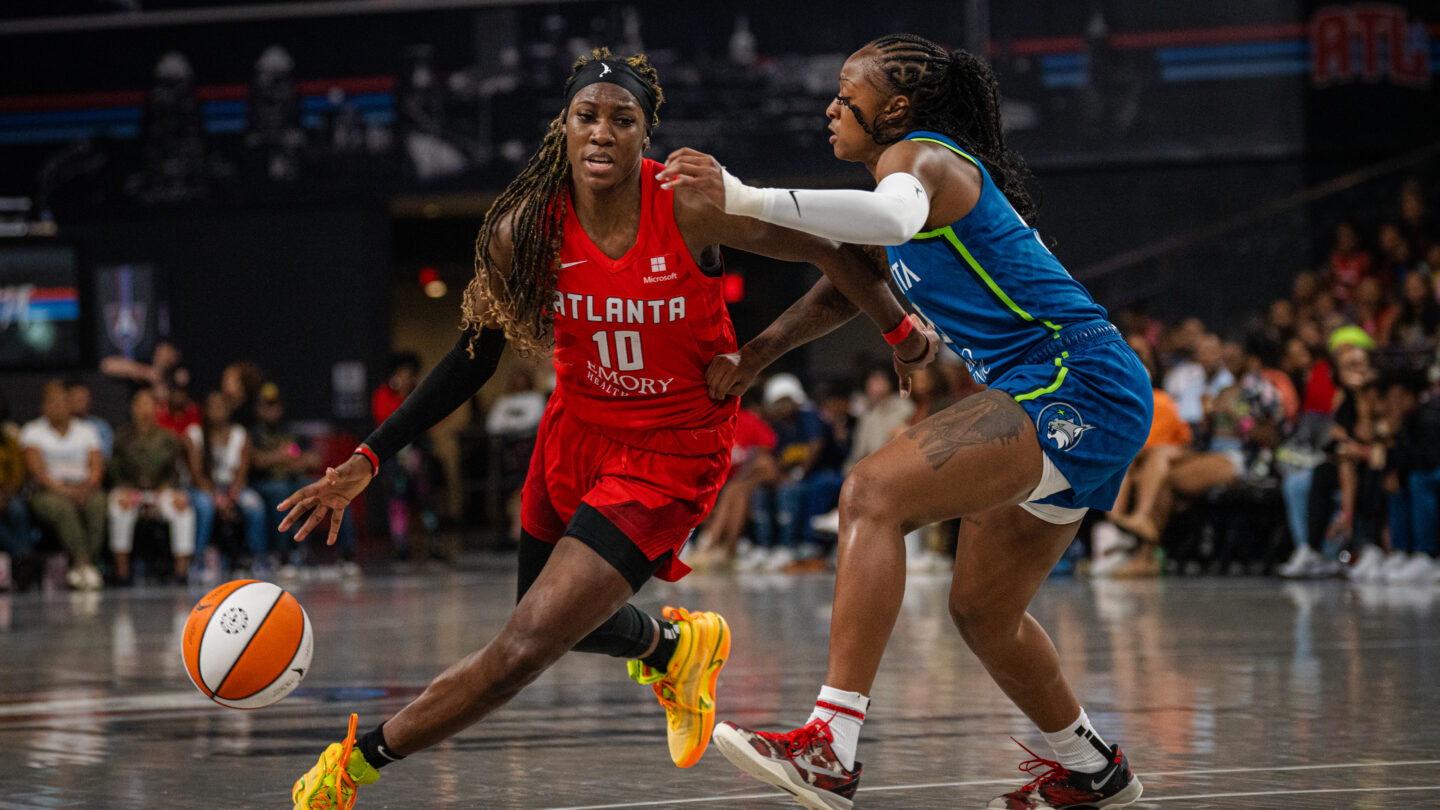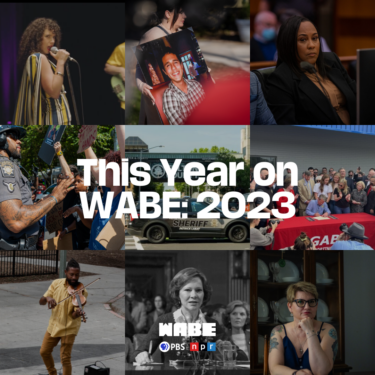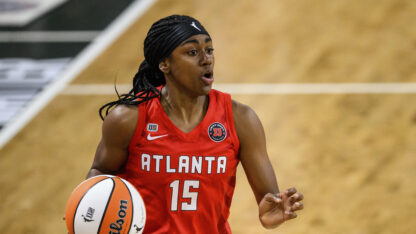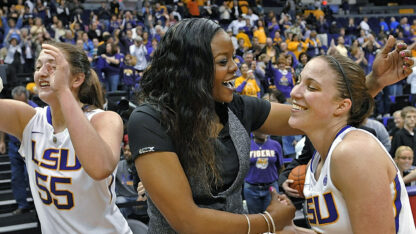The Atlanta Dream set down roots in metro Atlanta over a decade ago, but in recent years, the team has transformed its staff and connection with fans.
The Dream had a short-lived playoff run this year, but this team is not the only organization gaining popularity. The entire WNBA is on the rise.
During this year’s regular season, Dream fans committed to high enthusiasm and support, especially at home games in College Park. The fans’ support at Gateway Arena translated into the most sold-out home games than any other team in the league, according to the WNBA.
Fans like Xykeira Sims say they’re so passionate about the organization because of players like Cheyenne Parker and Rhyne Howard.
“It’s been hype! I came to a game about two months ago, maybe,” Sims said. “Fell in love with Ryan and Cheyenne … I’m really liking what the Atlanta Dream is doing here.”
Named after Martin Luther King Jr.’s “I Have A Dream” speech, the team fought hard and clinched their first playoff spot since 2018. They fell short after back-to-back losses in the first round.
Though the playoffs did not pay off, the Dream has made a historical run since new ownership helped rebuild the team and the fan experience over two years ago.
Morgan Shaw Parker is the Chief Operating Officer for the Dream. She says starting over in the metro was worth the hard work.
“We are going to be of Atlanta,” Parker said. “When new ownership purchased the team, what they inherited was a startup with a lot of baggage … and when you’re doing that from scratch, it takes a lot of time, a lot of persistence, a lot of reiteration. And I think we’re getting there.”
Even off the court, Dream General Manager Dan Padover says the proof of organizational change is evident.
“When I walk down the street in an Atlanta Dream shirt, people know who we are,” Padover said. “They get excited to talk about the Dream. And they get excited to talk about the WNBA. That wasn’t always the case 5, 10, 15, 20 years ago.”
The entire league has seen higher support levels in recent years.
According to a September report by the WNBA, this year’s regular season was the most-watched since 2002.
Sabreena Merchant covers women’s basketball for The Athletic. She says getting games on national networks, social media and streaming products contributes to the league’s growth.
At one time, Merchant says she had a hard time watching a game at a bar.
“I had to beg and plead with this bartender to turn the channel to ESPN2 just to watch the game,” Merchant said. “But you know, now it’s at the point where it’s not an issue … anywhere I go, I can find women’s sports on television.”
Merchant says other issues like racial disparities in who gets publicity face the league as its popularity grows. She says over half the players are Black women, but the attention is not always equally spread.
Merchant adds that more topics need to be in the discussion, like competition for the league’s Most Valuable Player award.
But for now, Merchant says, the Dream has a lot of working pieces heading into next season.
“I know they had some issues executing down the stretch, but those are the growing pains that come as you’re getting better and better,” Merchant said.
Next season will be the third year for the Dream’s newer staff and coaches, but they plan to keep the energy going as fans anticipate their return.










